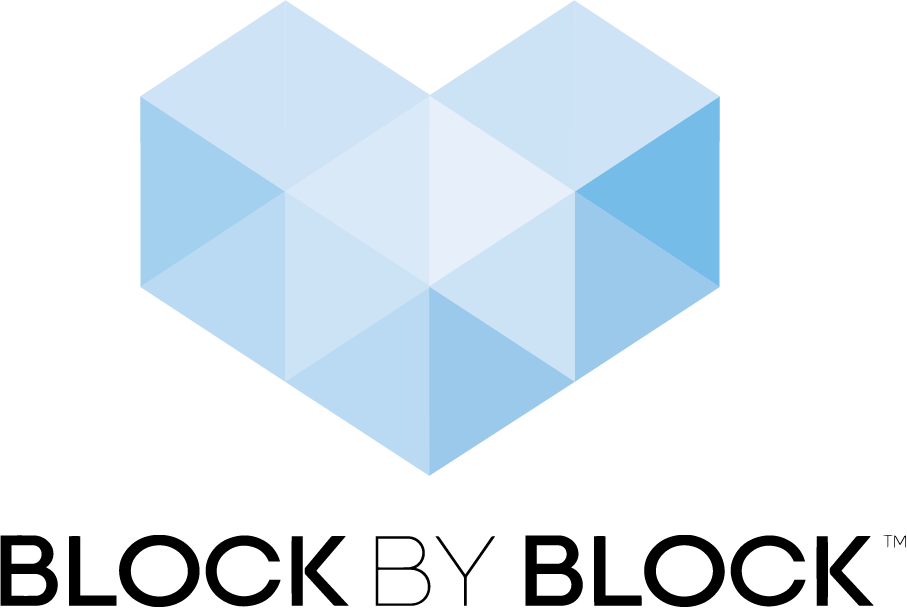Building a New Model for Refugee Resettlement in Kalobeyei
Building a New Model for Refugee Resettlement in Kalobeyei
Participatory planning and Minecraft build social cohesion between refugee and host communities in Kalobeyei, Kenya.
Building a New Model for Refugee Resettlement in Kalobeyei
Kalobeyei Integrated Settlement, Kenya
Project type: Playground, public park, public square
Collaborators: UN-Habitat, UNHCR, Turkana County Government, AAR Japan
Region: Africa
Tags: children and youth, economic opportunity, post-conflict rehabilitation, public safety and security, refugees and migrants, social inclusion and human rights, sports and recreation, transportation and infrastructure
Background
The Kalobeyei Integrated Settlement in northern Kenya opened in 2015 to accommodate a large influx of refugees fleeing from Sudan and other nearby regions. The site is home to three villages, situated near Kalobeyei’s “old town” and its local residents. Unlike some refugee camps, this settlement is designed to support more permanent resettlement, including opportunities to establish trades and businesses. The integrated plan of walkable streets, transit, and parks thoughtfully connects the broader area to public services and a vibrant trade market, as well as incorporating ecological features like rainwater harvesting and flood risk mitigation.
In an effort to promote integration and cooperation among new and long-standing residents, the local Turkana County government partnered with the United Nations High Commissioner for Refugees (UNHCR) to expand short-term, emergency planning to long-term, sustainable urban development. UN-Habitat set out to involve the community in designing shared public spaces.
The team chose to focus the project around several objectives, including establishing public spaces to foster integration between the host and refugee communities, creating a network of transport hubs, and empowering residents to keep the spaces in good condition through maintenance initiatives.
Participants gather for a four-day workshop to design their proposals. Credit: UN-Habitat
Building Integrated Community Spaces, Block by Block
Over the course of two four-day Block by Block workshops, host and refugee participants learned design skills in Minecraft with the end goal of creating four public spaces. The audience of more than 70 people spanned six nationalities, and 52 of the participants had never used a computer until that day.
The group visited all four sites, located at key intersections of the settlement’s roads, and collaborated to identify the strengths and challenges of each site. Teams then took turns sharing proposals and devised a plan that included shade structures, solar lights, more than 500 trees, and the settlement’s first boda boda (motorcycle taxi) station.
“UN-Habitat supports the engagement of communities in revitalizing their spaces, giving both refugees and host communities new skills. Minecraft helps to make this a participatory process and gives residents room to visualize the potential of public space within their neighborhoods.”
One proposal for the Kalobeyei site focuses on trees and walkability.
“We need trade and shade against strong sun and wind. We need stages for transport, markets, and places to stay and enjoy arts and culture.”
Another proposal uses Minecraft to show a park design with open seating and more trees for shade cover.
Progress
Village I reached completion in 2018, and the remaining three sites will undergo construction in 2019. The park was a success before it was even completed. Residents began gathering in the public space when it was still under construction. New features include a transport hub to connect neighbors to public services and trading opportunities. Women played significant roles in the building stage, including planting more than 500 trees to improve the local microclimate. Additionally, 30 women and youth were trained for ongoing maintenance.
Residents build a shade structure to provide relief from the sun as the new trees grow. Credit: UN-Habitat
Locals play on the (very popular!) new swing set at the Village I site. Credit: UN-Habitat
“The momentum will keep going beyond the projects that we’re working on now.”







